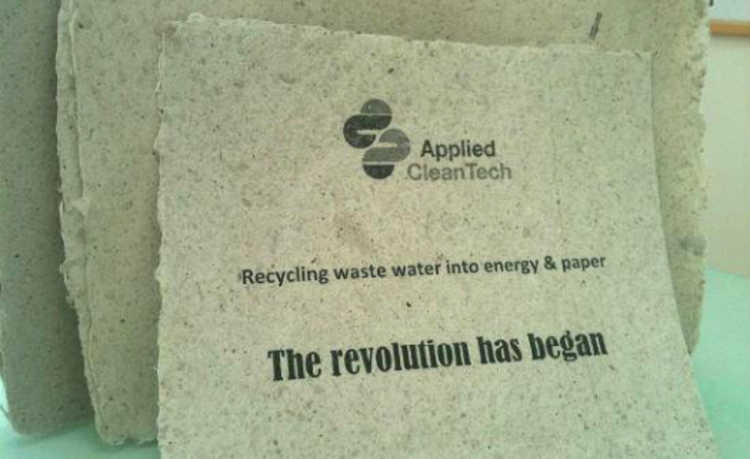How are portable batteries and batteries recycled?
Recycling manages to recover almost 100% of the material. But cells and batteries cannot be destined for common collection

Who has never used or never needed to dispose of a battery or a battery? For those who don't know, the only difference between them is that, while the batteries are unitary, the batteries are formed by a series of cells in parallel - the format depends on the required use. Widely used in everyday life, batteries are in cell phones, notebooks, hearing aids, watches, remote controls and video games, photographic cameras and so on.
In Brazil, according to data published in 2003, the consumption of batteries was five units per year per person, while in first world countries consumption reaches 15 units per year. Taking into account the world population, this implies a consumption of ten billion units a year.
In 1999, more than 800 million cells and batteries were produced in Brazil, not counting the counterfeit ones.
These utensils offer a lot of practicality in everyday life, the problem comes time to discard. And even rechargeables will one day have to be discarded.
Do not dispose of your batteries in household waste
Did you know that even if they are disposed of in landfills, cells and batteries cause significant environmental damage? Find out here why you cannot dispose of them in the common trash.
The good news is that if they don't end up in these landfills, dumps or are exposed to open air, they can go through the recycling process!
Recycling
Recycling manages to recover almost 100% of the material. The first step for these batteries to go through the recycling process is to pack them correctly - just use a strong plastic, which keeps the items protected from moisture - and dispose of them correctly. As soon as the recycler receives the charge, the cells and batteries go through the following processes:
Screening
Cells and batteries are separated by type and brand and then destined for processing.
crushing
In this process, the cover of the cells and batteries is removed so that the substances inside can be treated.
chemical process
Cells and batteries are subjected to a chemical reaction process in which salts and metal oxides are recovered, which will be used as raw material in industrial processes in the form of dyes and pigments.
thermal process
In the thermal process, cells and batteries are inserted into an industrial furnace at high temperature to separate the zinc. In this way, it can be recovered in its metallic form and reused as a raw material in the manufacture of new cells and batteries.
How to discard?
Brazilian legislation (Art.33 of the National Solid Waste Policy) obliges manufacturing companies to structure and implement reverse logistics systems.
But returning the batteries to the production chain is also the consumer's responsibility. So, to dispose of it, remember: first of all it is necessary to pack the material correctly in order to avoid future contaminant leaks. Use sturdy plastic bag/material.
Then, all you have to do is dispose of them at the collection points closest to your residence, available at the eCycle portal.










